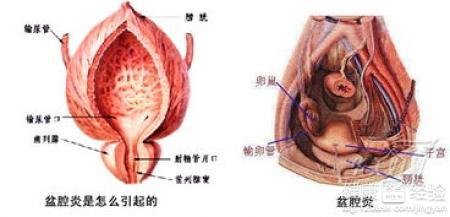Symptoms of endodermal sinus tumor
summary
Ovarian Endodermal sinus tumor, also known as yolk sac tumor, is one of the most common types of ovarian malignant germ cell tumor (ogct). The median age of onset was 19 years old. Due to the rapid growth of Ovarian Endodermal sinus tumor, capsule rupture and intraperitoneal implantation are easy to occur, so the common symptoms are abdominal mass, abdominal distension, abdominal pain and ascites. Symptoms of endodermal sinus tumor? Let's talk about it
Symptoms of endodermal sinus tumor
Due to the rapid growth of Ovarian Endodermal sinus tumor, capsule rupture and intraperitoneal implantation are easy to occur, so the common symptoms are abdominal mass, abdominal distension, abdominal pain and ascites. Tumor necrosis, bleeding can make body temperature rise, and fever symptoms. A few patients still hold their breath because of pleural effusion, but pleural effusion does not mean pleural metastasis. Some disappeared 10-14 days after operation.

Patients with ovarian function is generally very normal, a small number of patients with short-term amenorrhea or rare menstruation. Before the disease, the reproductive function is normal, and most married people have had pregnancy and childbirth. A few patients were found with pregnancy at the same time. Due to the high degree of malignancy and rapid progress of the disease, the metastasis rate of Ovarian Endodermal sinus tumor is high.

Most of them were planted in pelvic cavity or peritoneal cavity. In addition to direct invasion and spread, there are many ways of tumor metastasis through lymph nodes. There are few metastases in the parenchyma of the liver and lung, but sometimes metastases in the parenchyma of the liver and lung can be seen in the patients whose life is prolonged but can not be saved by chemotherapy.

matters needing attention
50% - 80% of the patients with Primary Ovarian Endodermal sinus tumor had extraovarian tumor metastasis. Most of the metastases were confined to the surface of pelvic and abdominal viscera. Lymph node metastasis may also occur. The tumor is usually unilateral, so the scope of operation should include the resection of primary ovarian tumor, omental tumor and pelvic implant tumor. When choosing the scope of operation, special emphasis should be placed on preserving fertility. Although the probability of retroperitoneal lymph node metastasis is not small, most of them are small metastasis. There is no consensus on whether the scope of surgical resection must include lymph node dissection.













